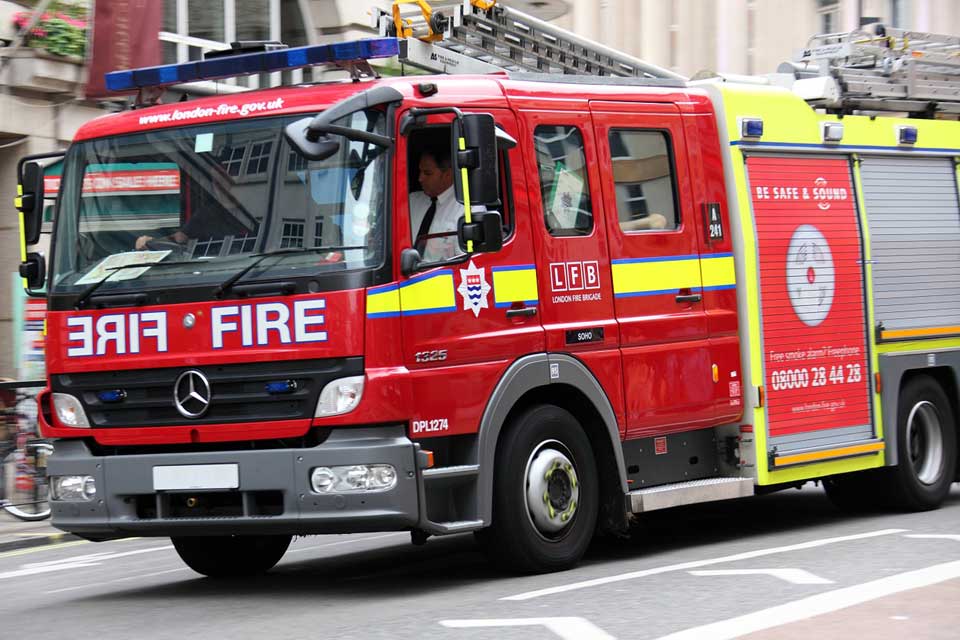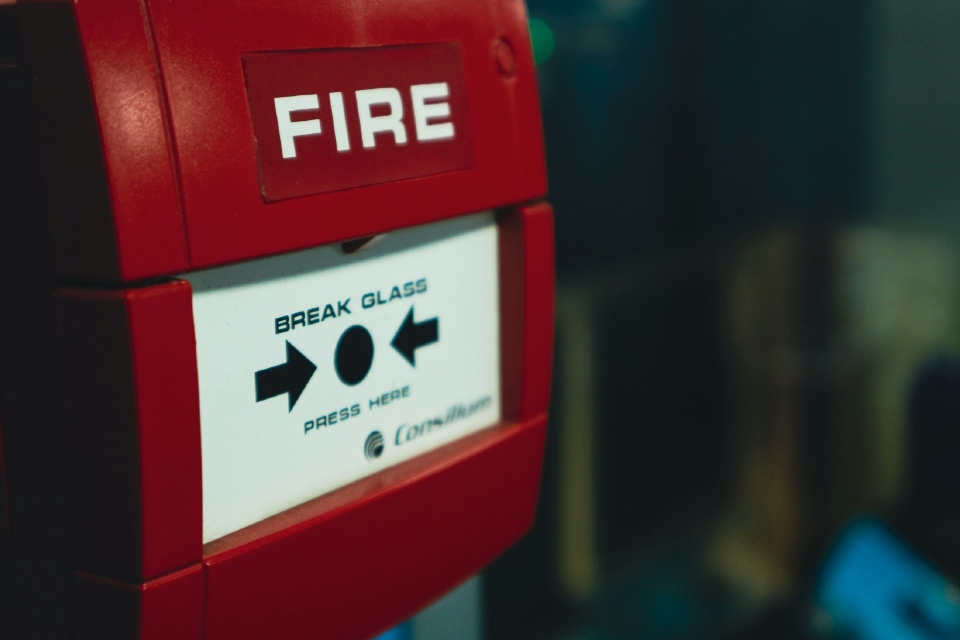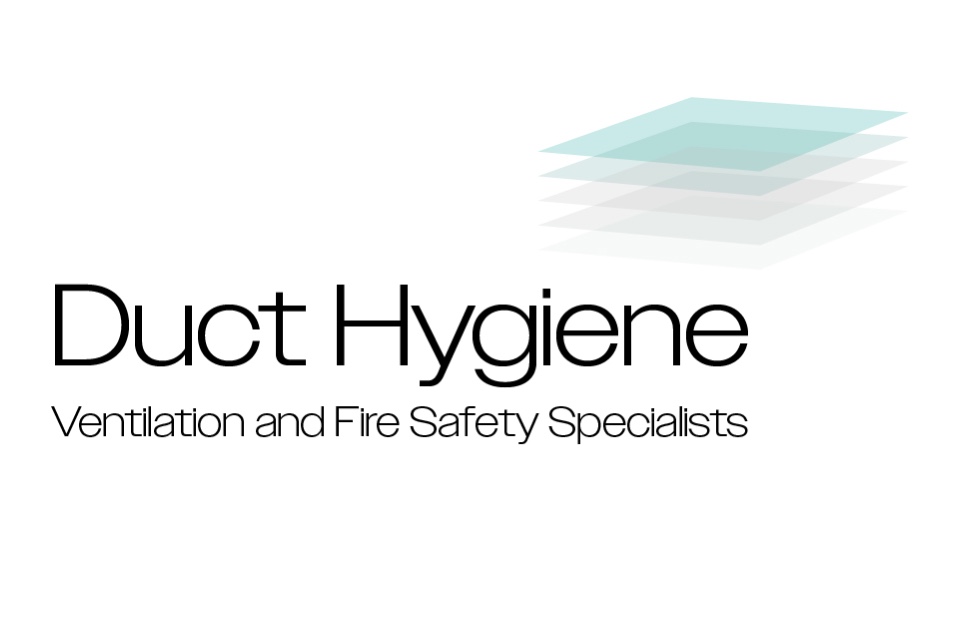By Silas Campbell, Marketing and Communications Executive, Blueleaf
We all know how damaging a fire can be; from seeing the devastating effects of the Grenfell Tower incident, to witnessing centuries worth of history burning down with the Notre Dam.
Failing to conduct adequate and efficient fire safety checks makes the possibility of a disaster striking very high. As technology enhances and we rely more and more on
Earlier this year, more than half of London-based care homes failed fire safety checks. A report by the London Fire Brigade showed that 57% of the 177 care homes involved in the one-off investigation received a formal notice to address the fire safety issues raised.
Main safety issues included poor emergency planning and/or inadequate members of staff to implement the plan, insufficiently protected escape corridors and problematic fire doors.
Other aggravating factors of fires within care homes include; wedged open fire doors, electrical equipment (mainly faulty appliances and leads) and medical oxygen which is stored to closely to items such as matches and lighters.
Repercussions and the importance of planning
A care home in Cheshire was recently hit with a £40,000 fine as a result of numerous safety breaches. Penalties such as this are sometimes large enough to shut a privately-owned care establishment down. Fines and offences are based upon the Regulatory Reform (Fire Safety) Order 2005, which includes aspects surrounding fire safety duties and enforcement.
To say that care homes are home to some of the most vulnerable people in the country, the lack of duty of care when it comes to fire safety within them is alarming. Effectively managing fire safety in the care sector is one of the most important duties that care providers have, and only 43% of care homes in the most highly populated city are effectively carrying this out.
In this article Blueleaf runs through what you should be doing and what plans should be in place to ensure that you are compliant with fire safety regulations and adequate plans are in place for residents to evacuate safely:
Conduct regular fire risk assessments
Carrying out a thorough fire risk assessment will reduce risks and prevent fire-related emergencies or dangers occuring. It is not uncommon for care homes experience a high turnover of residents – with many residents having different restrictions and needs – so it’s important to review hazards, risks and challenges on a regular basis. There are many aspects that should be evaluated during a fire risk assessment; from housekeeping to kitchen safety and fire door monitoring.
A fire risk assessment should integrate these five steps:
- Identify the hazards
- Acknowledge who is at risk
- Decide on precautions needed
- Record findings
- Review and update fire prevention and evacuation strategies
One element that is often overlooked during an assessment is the roof of the building; roof voids often increase the spread and severity of a fire so this risk should definitely be incorporated into your assessment. In 2017, two residents died in a care home fire after the blaze travelled through voids in the roof which allowed it to quickly engulf the entire building. The director and manager of the establishment were faced with charges of breaching the Regulatory Reform (Fire Safety) Order 2005 after failing to conduct an adequate fire risk assessment and ensure residents were not at risk.
Ensure there is an efficient evacuation plan in place
Being responsible for residents that have limited mobility, rely on oxygen therapy equipment and/or suffer from dementia and cognitive impairments makes evacuating a burning building very challenging. Ensuring there are suitable and sufficient evacuation procedures in place is vital and it is advantageous to must make adjustments and plan accordingly
It is essential to keep fire routes and exits free from obstructions at all times, especially when evacuating people that are reliant on evacuation chair for mobility, and should be constructed of fire-resistant materials and have ventilation. Clear and functional signage, as well as emergency lighting should be utilised and fire doors should be kept closed at all times (when not in use).
Creating Personal Emergency Evacuation Plans (PEEPs) for your residents is a great way to ensure they can all safely evacuate the building too. PEEPs are particularly beneficial within the fire safety planning of care establishments as they explain the evacuation method that a vulnerable person will use to escape the building during a fire. Whether it is agreed that a resident will receive fire warnings via a personal pager or will use an evacuation chair, all the details of safety arrangements and actions that supporting staff will take are documented within these ‘bespoke escape plans’.
Don’t overlook the importance of staff training
Having access to equipment such as evacuation chairs, blankets and skids is futile unless you have staff who are trained to utilise it in the case of an emergency.
Adequately trained staff is an asset that is more important than you could ever comprehend; earlier this month the quick response from a member of staff at a care home prevented a fire fatality thanks to good training, initiative and good fire safety management. As a result of adequate training and capable team members, what could have been a fatal disaster instead saw 16 residents taken to safety.
Training should involve a healthy balance of regular online training courses, in addition to practical drills. As care homes often have a high turnover of staff regular training is vital for resident’s safety.
All care homes should also have designated fire wardens, who have undergone theoretical and practical training and know how to effectively lead an evacuation with minimal risks during a fire. There should also be members of staff who are equipped and trained to use the fire extinguishers in the care home.
Become familiar with and incorporate prevention strategies
To prevent the risk of fires, everyone (both staff and residents) in the care home should actively minimise fire hazards. Staff should have knowledge regarding how to carry out work activities in a way that reduces fire risks and should also be aware of and understand the fire prevention procedures that are in place. Staff should follow the procedure effectively and not interfere with them and where necessary, should also inform residents of these procedures. Encouraging residents to minimise fire hazards by showing examples of good housekeeping is also recommended.
Good housekeeping which will reduce fire risks include; removing waste from the premises and cleaning up hazardous spillages as soon as possible, properly disposing of smoking materials and hazardous waste and storing hazardous chemicals (including medical oxygen) in safe locations.
It goes without saying that staff in the kitchen should know how to work safely with equipment as well as naked flames, and hot surfaces, but they should also be doing everything in their power to minimise the access residents have to the kitchen.
Install fire detection and alarm systems
Installing fire detection and alarm systems is advantageous when safeguarding an environment which hosts residents with vulnerabilities. Some residents may have impairments that make it difficult for them to hear the alarm or even activate it if they discover a fire. Extra precautions can be taken such as installing manual call points next to each exit as well as one on each floor. It is important to ensure all members of staff as well as the residents know how to activate alarms and are able to recognise the sound or sight of them and what to do when the alarm sounds (evacuation plan).
For those that having hearing impairments, it may be beneficial to consider setting up different types of alarms, such as visual alarms or personal pager. Your care home may also benefit from silent alarms that only notify staff of an emergency, as this will allow for a more controlled evacuation.
It may seem obvious but look to install detectors in high-risk areas, such as boiler and laundry rooms, kitchens, roof voids, bedrooms, and access rooms to bedrooms. Heat detectors should be used in areas such as bedrooms, rather than smoke ones as steam from bathrooms can trigger false alarms.





